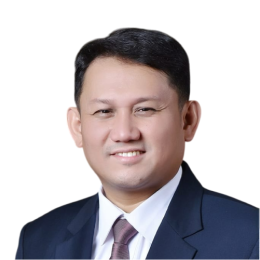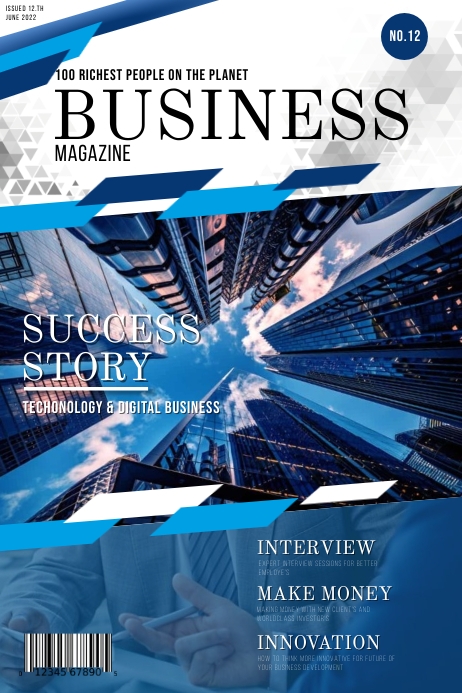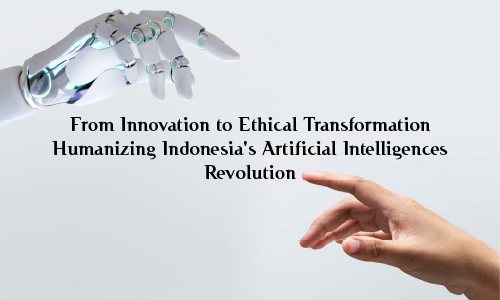
Strengthening Indonesia’s Islamic Economics and Finance Research: Insights and Future Directions
Summary: Indonesia’s Islamic finance research landscape has seen steady growth in recent years. A review of five key Indonesian journals from 2016 to 2019 shows important trends in publication output, author collaboration, and research focus areas. Among them, Al-Iqtishad (published by UIN Jakarta) leads in impact, with the highest citations and longest publication history. Despite this progress, research efforts remain fragmented, with few active collaborations and an overemphasis on Islamic banking, leaving topics like fintech, zakat, and waqf underexplored. This article offers fresh insights into these patterns and suggests how universities and policymakers can elevate the quality, scope, and global reach of Islamic economics and finance research in Indonesia.
Introduction
Islamic economics and finance are now central elements of Indonesia’s national development agenda. Recognizing this, the government launched SINTA (Science and Technology Index) in 2016 to assess the performance of local researchers, journals, and institutions. The index highlights a key message: robust domestic journals are essential—not only to showcase Indonesian scholarship but also to reduce reliance on expensive foreign publications. A bibliometric study recently examined how well Indonesia’s Islamic finance journals perform, focusing on SINTA-2 accredited titles (none had reached the top SINTA-1 level at the time). It analyzed article numbers, author connections, and research topics to reveal strengths and weaknesses. This article revisits those findings, adding updated perspectives and offering actionable recommendations for universities and government bodies to foster a stronger, more diversified Islamic finance research environment.
How Was the Study Done?
The original analysis applied bibliometric tools to track publication patterns across five Indonesian journals, including Al-Iqtishad, Iqtishadia, Share, Ikonomika, and Shirkah. Using software like VOSviewer, researchers gathered data from 2016–2019, cleaned and organized metadata, and mapped out author networks and research themes. A total of 134 articles authored by 239 individuals were analyzed, providing a snapshot of the…

















